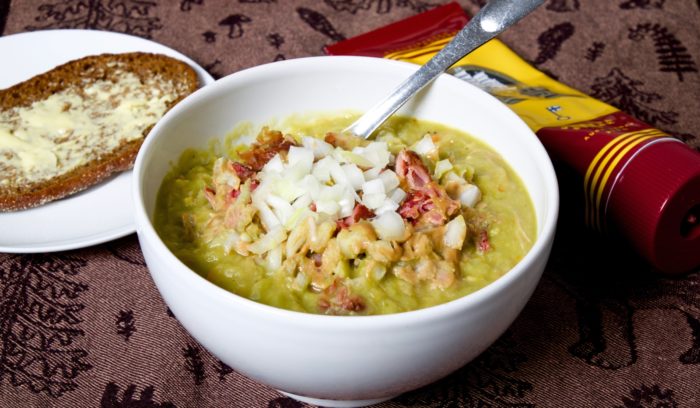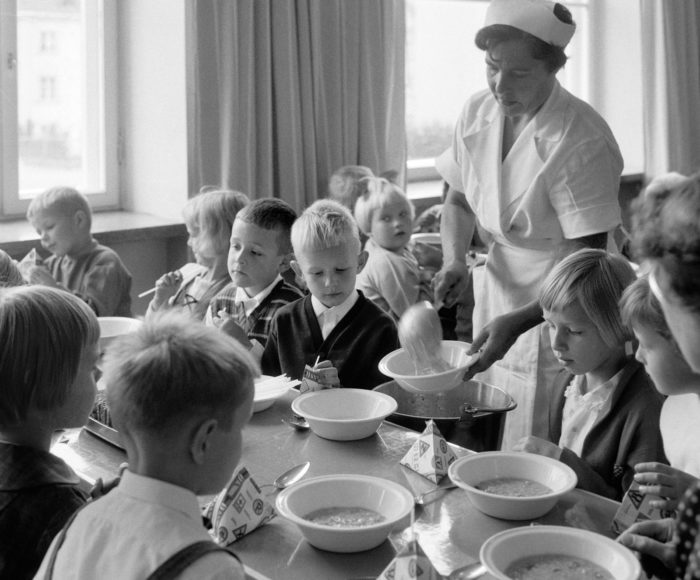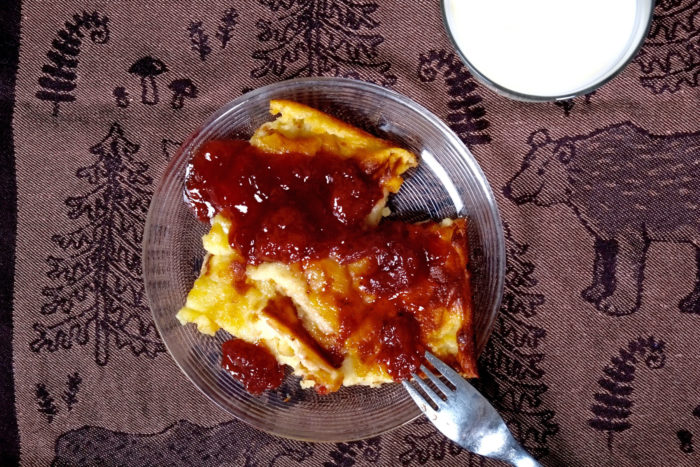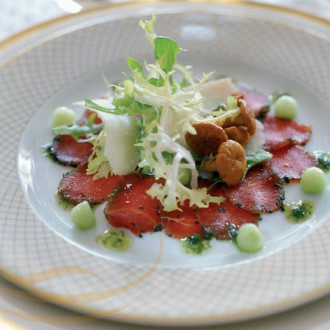Any regular at lunch places in Finland knows what to expect on Thursdays: pea soup is included on the menu. It looks thick and mushy, and, frankly, not all that appetising. However, this mundane dish boasts a grand pedigree. The secret behind its popularity lies in national traditions.
Pea soup goes way back in Finnish culinary history. According to Arja Hopsu-Neuvonen, development manager at Martat, a Finnish home economics organisation founded in 1899, pea soup may have played a part in Northern culinary circles as early as the Middle Ages.
“It has been discovered that a dish resembling pea soup was already being cooked during the Greek antiquity,” Hopsu-Neuvonen says. “Over time, various forms of the soup developed in different parts of Europe, with different styles of seasoning. The recipe arrived in Finland via Sweden, as so many dishes did.” (The blog My Blue and White Kitchen features a recipe you can try.)
Pre-Lent filler

Finns love this stuff: (from left) dark rye bread with butter; a bowl of pea soup with ham, onions and mustard; and a tube of Finnish mustard in case you need more.Photo: Mari Storpellinen
Traditionally consisting of peas with pork shank, onion and mustard, pea soup has several variations. Some cooks like to add carrots, others cream and minced meat. It’s often accompanied by dark Finnish rye bread with butter. Pea soup remains connected with Thursdays, at least in lunch restaurants. In Finnish homes, that’s not necessarily the case.
“During the working week, Monday is actually the day when the most pea soup is sold in stores,” says Jussi Mannila, assortment manager at SOK Corporation, owned by a group of retailing cooperatives.
“As far as seasons go, January and February are the time of the year when it clearly sells in larger volumes,” Mannila says.
That is most likely due to the approach of Lent. The history of pea soup in Finland is closely connected with the arrival of Christianity.
“Preparing pea soup on Thursdays stems from the fasting orders of the Catholic Church during the Middle Ages,” says Hopsu-Neuvonen. “Eating heavily on Thursday helped Catholics get through the fasting day on Friday.”
Cold-climate favourite

In 1965, eating pea soup for lunch on Thursdays was already a long-standing Finnish tradition in restaurants and in school cafeterias like this one.Photo: Pertti Jenytin/Lehtikuva
The S Group (the parent company behind SOK Corporation), Martat and the Finnish Literature Society are compiling a book about Finnish cuisine, in honour of Finland celebrating its 100th year of independence next year. In honour of Finland’s national epic, Kalevala, the book is called Ruoka-Kalevala (Food Kalevala). Naturally, pea soup is featured there, too – after all, it is a staple dish everywhere in Finland.
However, certain areas are even more fond of it than others.
“Pea soup sells in larger numbers in eastern and northern Finland, while in the southern or western parts it’s not quite so popular,” Mannila says. “All in all, there are no signs of its popularity waning.”
With Finland’s chilly winters, it makes sense. Who doesn’t love a bowl of hot soup on a cold winter’s day?
Sweet follow-up

Thick slices of oven-baked pancake are served for dessert, topped with strawberry jam. (The tea towel, called “Metsäpolku” (forest path), is designed by Marja Rautiainen for Lapuan Kankurit.)Photo: Mari Storpellinen
Usually, pea soup is followed by a thick, oven-made pancake topped with jam. The pancake dough is baked on an oven tray, then cut into rectangular pieces – a truly sweet way to finish off the meal.
Hopsu-Neuvonen confirms that this combination of main course and dessert also meets today’s guidelines for a nutritious meal.
“However, since both dishes are very rich in protein, it would be ideal to accompany pea soup with a dessert that is a little bit lighter,” she says. “But if the temptation of a pancake proves too strong, then instead of strawberry jam, fresh or frozen berries would provide a better topping.”
By Mari Storpellinen, December 2016




